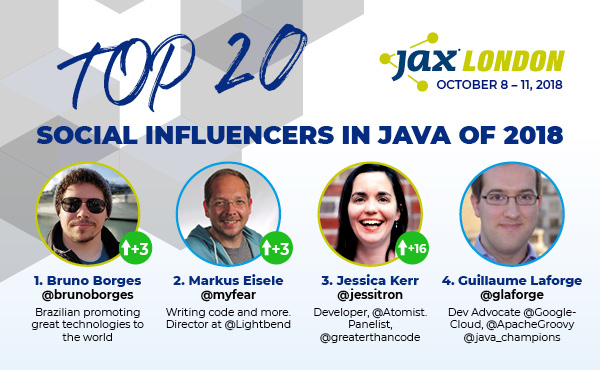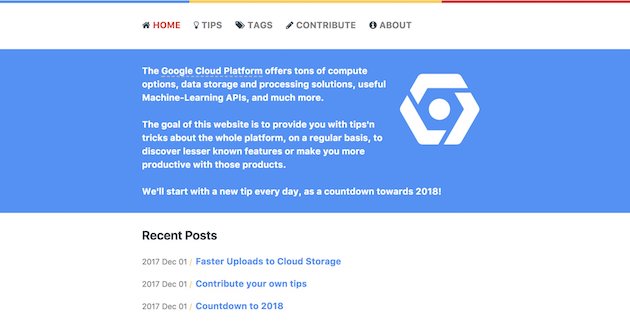Deploy a Micronaut application containerized with JIB to Google Kubernetes Engine
A few weeks ago, I had the chance to be at Devoxx Belgium once again, to meet developers and learn about new things from awesome speakers. Google Cloud Platform had its own booth on the exhibition floor, and the team was running codelabs: 10 laptops were at the disposal of attendees to go through various hands-on tutorials on several GCP products. I took a chance at crafting my own codelab: deploying a Micronaut application, containerized with Jib, to Google Kubernetes Engine.
Read more...

